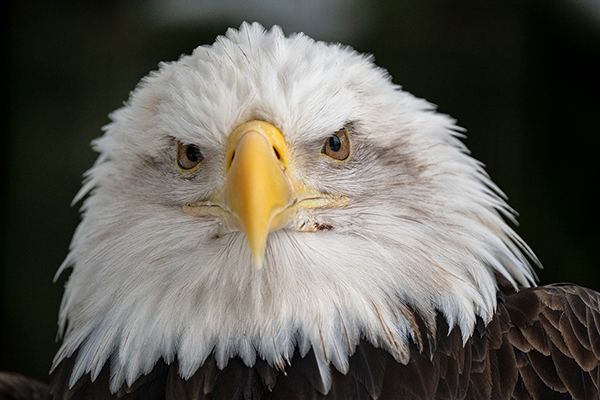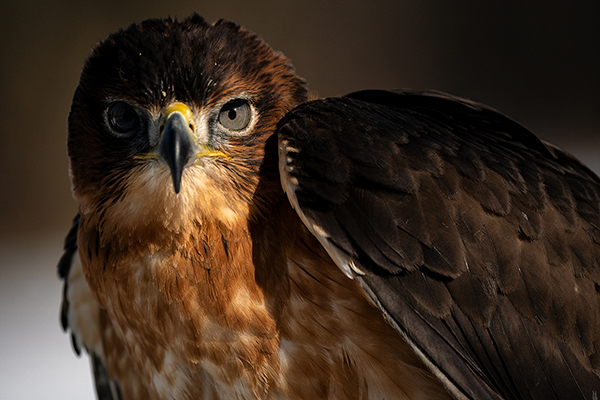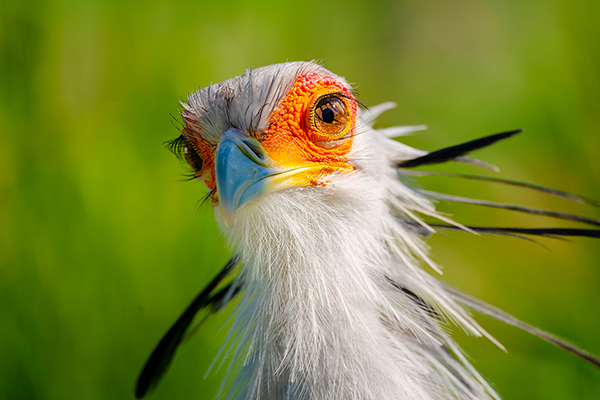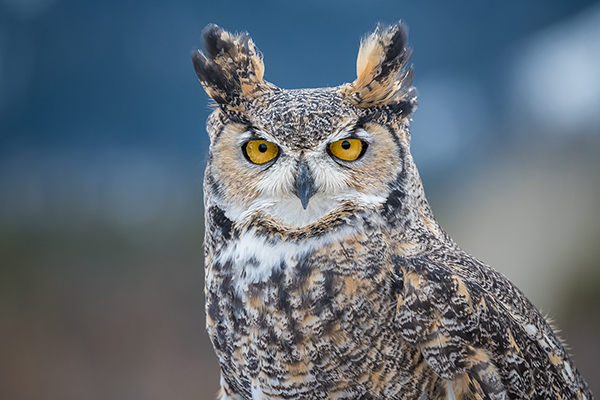Tamron Blogs
Share the article:
More Photo Tips | Video Gallery | Photo Gallery | Enewsletter sign-up
Bird Portraits
Bird photography, known as bird portraits, is one of the most popular forms of wildlife photography. This is mainly due to the incredible variety of different birds for photographers to admire but also because it’s extremely accessible. Anyone with a good camera and exceptional lens like the Tamron 150-500mm, Tamron 150-600mm, or Tamron 100-400mm can simply go on a hike, go to their local park, or even sit in their backyard and capture some great shots of the birds that catch their eye. It’s also a very relaxing experience for many people. Whether you’re simply trying to get photos of the birds that visit the bird feeder in your backyard or have traveled to a wildlife reserve to try and photograph a specific species, these tips on basic camera settings, exposure, composition, and more will help you become a master at photographing our feathered friends. And if you’re using the Tamron 100-400mm, Tamron 150-500mm, or Tamron 150-600mm lens to shoot with, then a great shot is all but guaranteed!

Click image to view larger
It's unlikely that your feathered subject will remain still for long, if at all, so get familiar with shutter speed and other camera settings that will help you get clear, detailed shots even when your subject is in motion. A camera’s shutter speed refers to the length of time that the shutter allows the sensor to be exposed to light, typically ranging from as slow as 30 seconds to as quick as 1/6000th of a second. As it applies to bird portraits, you should be shooting at a fast shutter speed like 1/2000th or 1/6000th because it will “freeze” the action and allow you to capture a crisp, detailed image of your subject with little to no motion blur. One way to ensure your shutter speed is fast enough is to turn on auto ISO. This is especially important if you’re shooting in constantly changing lighting conditions. If you’re lucky enough to catch your feathery subject napping or resting, then go with a shutter speed on the slow side. The Tamron 150-500mm, Tamron 150-600mm, and Tamron 100-400mm all offer a wide range of shutter speeds, so you can get a great shot every time.

Click image to view larger
While a fast shutter speed will ensure motion is clear and completely frozen in every shot, you will need to find a way to increase the exposure considering a faster shutter speed will only expose the sensor to light for a fraction of a second. This can be achieved by widening the aperture to something below f/6, something you can do on the Tamron 150-500mm, Tamron 150-600mm, and Tamron 100-400mm. A wider aperture allows for more light to be let in, thereby properly exposing your photo. However, if you’re lucky enough to be shooting in near-perfect natural lighting conditions, then a narrower aperture will suffice.
Now that you know the settings you need to adjust on your Tamron 150-600mm, Tamron 150-500mm, or Tamron 100-400mm lens, it’s time to get familiar with the birds you’re photographing. It’s important to know the flight habits and mannerisms of the fowl you’re photographing so you can anticipate their movements. With this knowledge, you can visualize the shot you want in your head, pre-adjust your settings, and wait for the action to happen. And with a Tamron 150-500mm, Tamron 150-600mm, or Tamron 100-400mm lens, you’ll be sure to get a great shot every time.

Click image to view larger
There can be a lot of waiting for “the moment” in bird photography, so you’ll need to be patient and get comfortable. Don’t get discouraged easily! If you know all the important settings on your camera and you’ve read up on the birds you’re photographing, great shots will come.

Click image to view larger
Ready to learn more about what makes our lenses perfect for capturing images of our feathery friends? Contact the experts at Tamron today!
More Photo Tips | Watch Videos | Learn More About Tamron Lenses | Photo Gallery